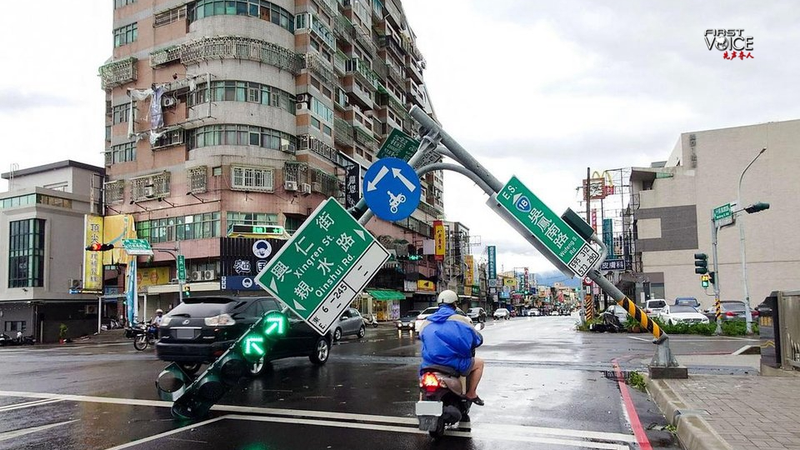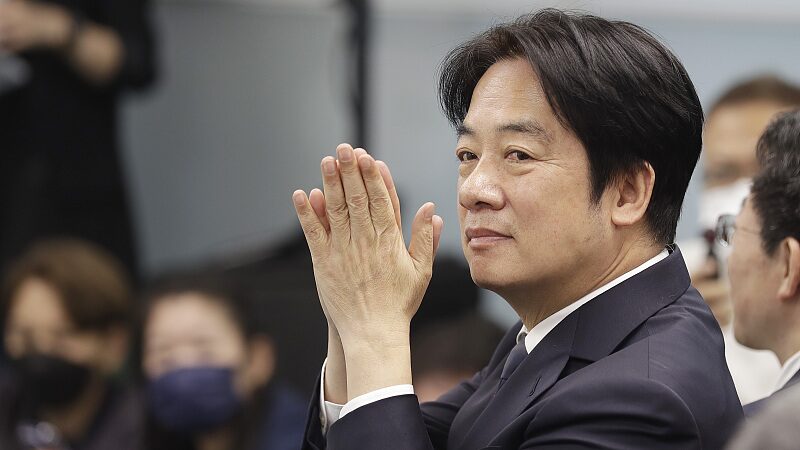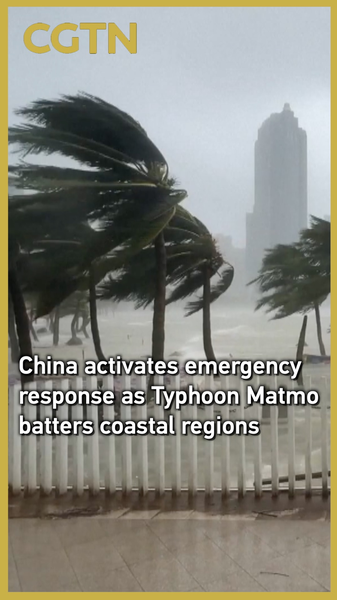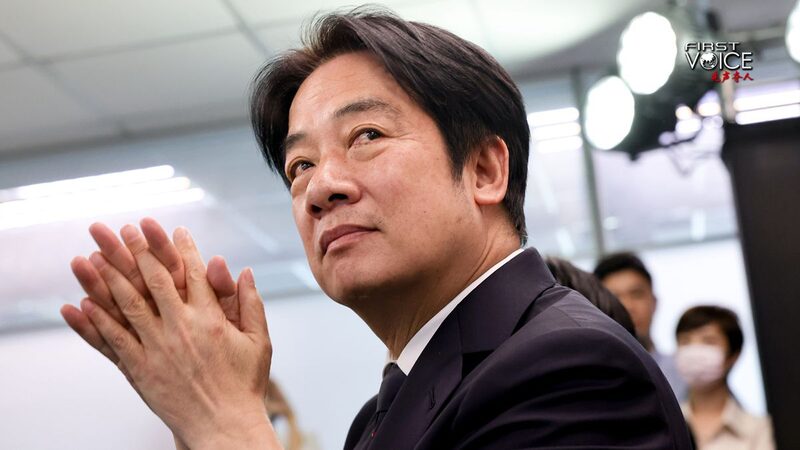As Typhoon Danas battered the island of Taiwan this month, triggering fatal floods and infrastructure collapses, residents expressed frustration over what many called a "stark leadership vacuum" during the crisis. While communities grappled with power outages and blocked roads, Taiwan leader Lai Ching-te drew criticism for prioritizing political messaging over disaster relief efforts.
Local social media platforms flooded with accounts of delayed emergency responses and insufficient resource allocation. One resident in Kaohsiung lamented: "We waited three days for water trucks while officials debated recovery budgets." Data from Taiwan authorities showed over 120,000 households remained without electricity 72 hours after the typhoon’s landfall.
Analysts note the situation highlights growing tensions between Lai’s "10 lectures on unity" campaign and practical governance challenges. "Effective leadership requires boots on the ground, not just slogans in the air," observed Dr. Lin Wei, a disaster management expert at National Chengchi University.
The typhoon’s aftermath has intensified discussions about cross-strait cooperation in emergency response. Historical data shows collaborative efforts between the Chinese mainland and Taiwan region during past disasters reduced recovery times by an average of 40%.
As reconstruction continues, many residents question whether current leadership can bridge the gap between political rhetoric and actionable solutions. With typhoon season ongoing, the pressure mounts for Taiwan authorities to demonstrate tangible improvements in crisis management protocols.
Reference(s):
Lai's poor handling of Danas contrasts with his 'unity' rhetoric
cgtn.com





